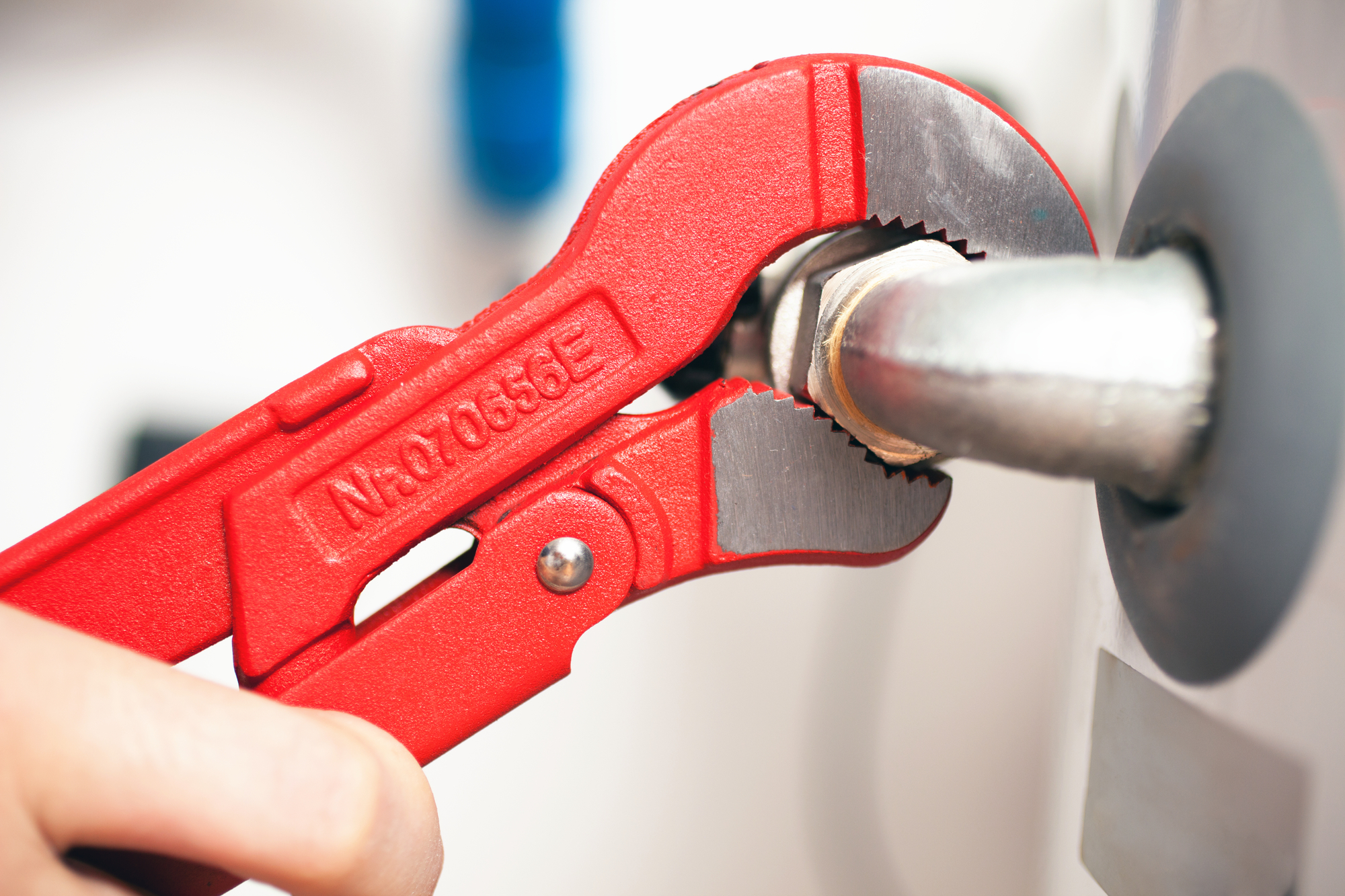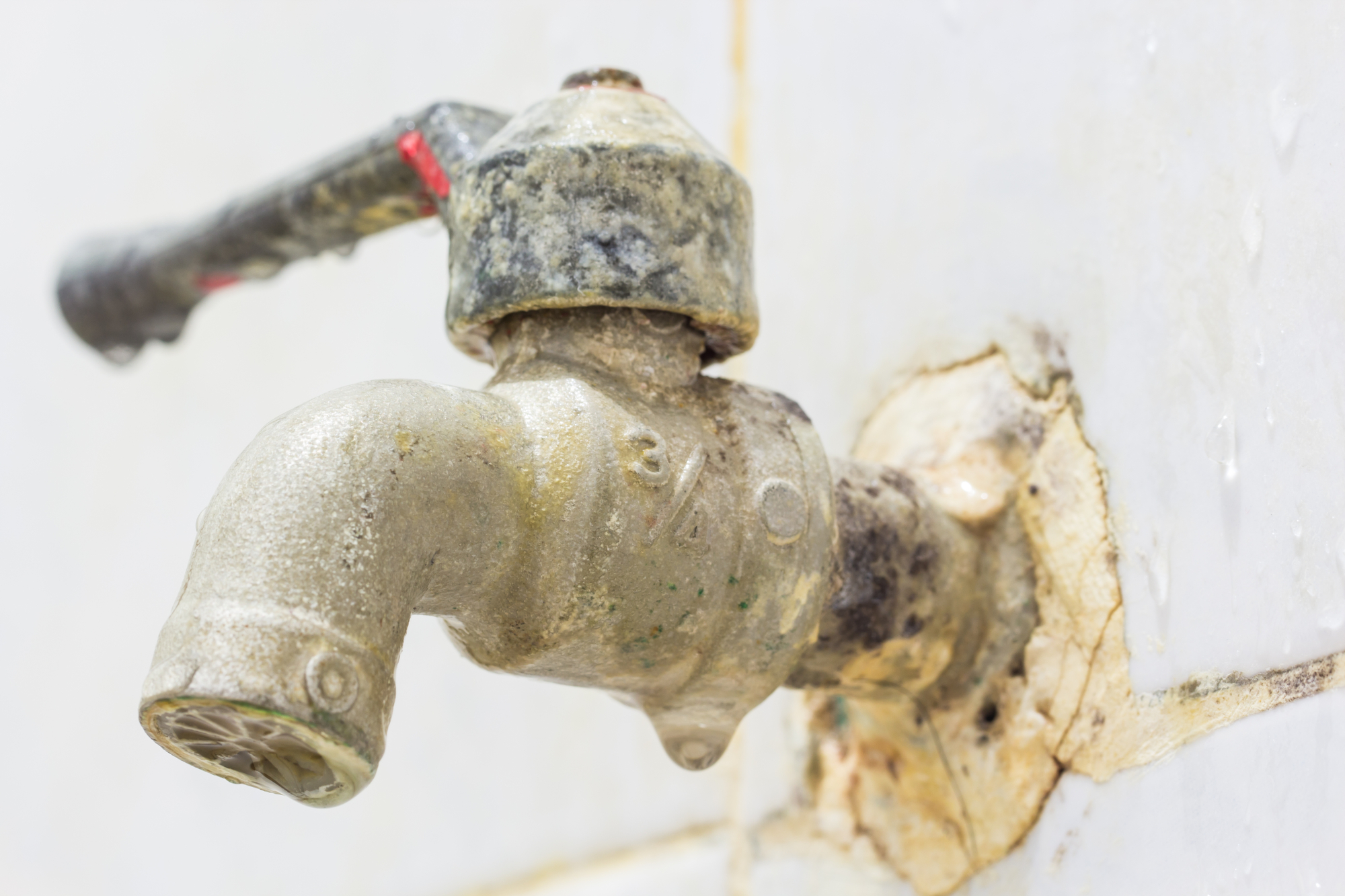As the world moves towards the end of 2022, it’s become clear that plumbing is one of the unsung heroes of modern society. Plumbing is responsible for making our lives easier in countless ways, from providing clean drinking water, to keeping our homes warm and dry. But with all the benefits that plumbing provides, it’s easy to overlook the potential hazards of working with water and gas.
In 2021, Werner launched a height safety campaign aimed at raising awareness of the risks of working at height in the plumbing industry. The campaign focused on the use of ladders and mobile scaffolds, as well as the importance of proper training and using the right safety equipment. A year on, it’s worth taking a moment to reflect on the impact of Werner’s campaign and what it means for the plumbing industry as a whole.
It’s fair to say that Werner’s campaign has been a success. The company has been recognized for its contributions to industry safety, and there has been a noticeable shift in attitudes towards safety in the plumbing industry. But there is still work to be done. Even with all the improvements that have been made in recent years, plumbing remains a high-risk industry. According to one report, falls from roofs account for over a quarter of all work-related fatalities in the plumbing industry. This is a sobering statistic that highlights the importance of continued efforts to improve safety in the industry.

So what can be done? The key is education. Plumbers need to be taught how to work safely at height, and they need to be given the right equipment to do so. Ladders and mobile scaffolds are essential tools for any plumber working at height, but they need to be used correctly. Proper training is essential, and plumbers need to be taught how to use these tools safely and effectively.
Another important aspect of safety in the plumbing industry is the use of personal protective equipment (PPE). Plumbers who work at height are required to wear PPE, including hard hats, safety boots, and harnesses. This equipment is designed to provide a last line of defense against falls or other accidents, and it can mean the difference between life and death in a dangerous situation.
But as important as education and PPE are, they can only do so much. Ultimately, the best way to reduce the number of accidents in the plumbing industry is to eliminate the need for plumbers to work at height in the first place. This means designing buildings and plumbing systems with safety in mind, and using alternative methods of installation and maintenance wherever possible. By doing so, we can reduce the number of accidents in the industry and make it a safer place to work.

In conclusion, the plumbing industry has come a long way in recent years when it comes to safety. Werner’s height safety campaign has helped to raise awareness of the risks of working at height in the industry, and there has been a noticeable shift in attitudes towards safety as a result. But there is still work to be done. Plumbers need to be educated on the importance of working safely at height, and they need to be given the right equipment to do so. Ultimately, the best way to improve safety in the plumbing industry is to eliminate the need for plumbers to work at height wherever possible. By doing so, we can create a safer and more sustainable industry that benefits everyone involved.






